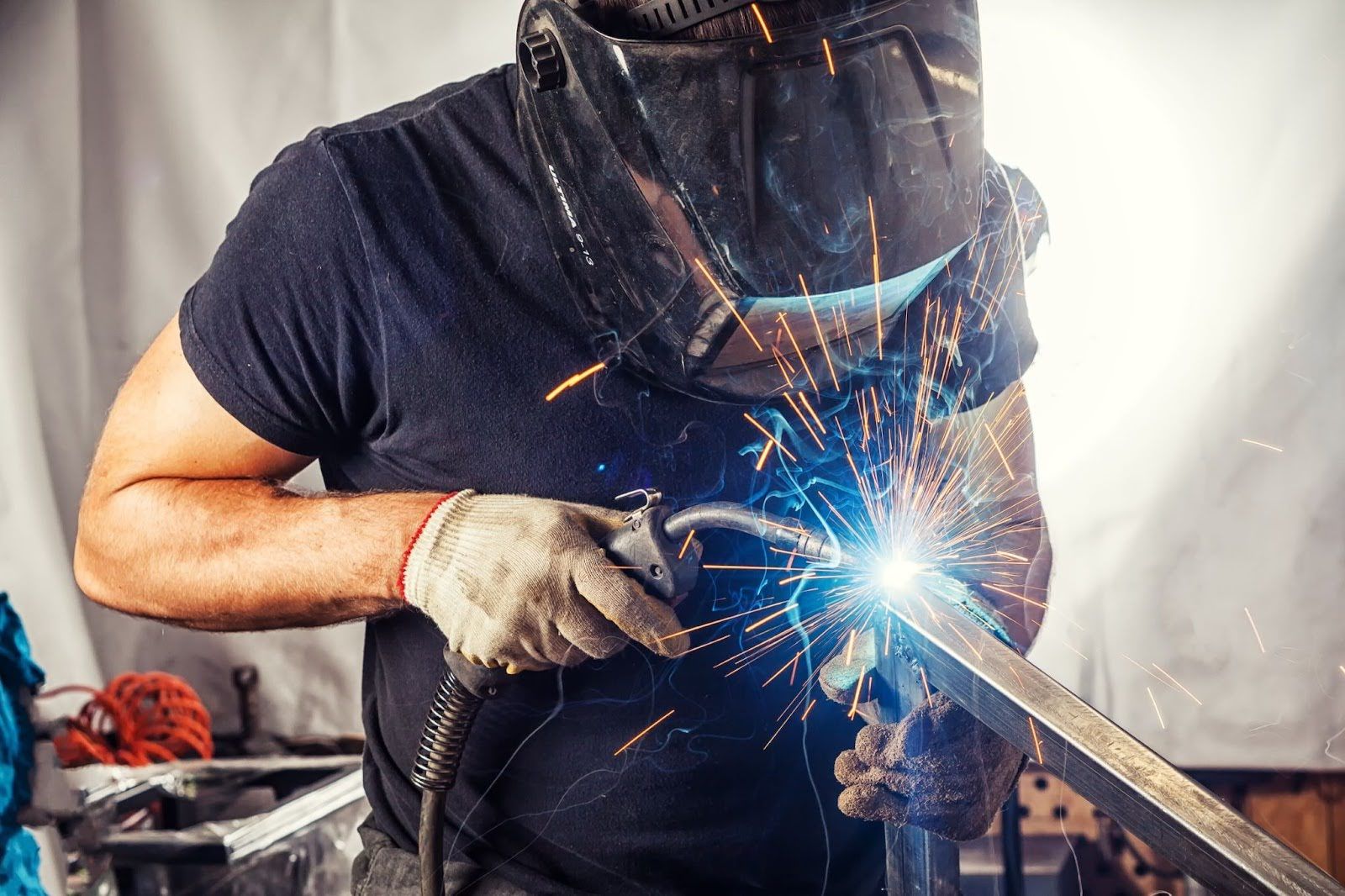Finest Practices for Preventing Weld Undercut: Understanding the Fundamentals
Finest Practices for Preventing Weld Undercut: Understanding the Fundamentals
Blog Article
Recognizing the Causes and Solutions for Undercut Welding in Steel Fabrication Processes
In the world of steel manufacture processes, the occurrence of undercut welding presents a substantial challenge that demands a detailed understanding of its reasons and sensible solutions. The elaborate interplay of different aspects throughout welding procedures can lead to this undesirable phenomenon, affecting the structural stability and general high quality of the bonded joints - Preventing weld undercut. By exploring the source of undercut welding and discovering reliable therapeutic actions, makers can boost the criterion of their handiwork and make certain the manufacturing of remarkable steel elements
Typical Root Causes Of Undercut Welding
Regularly neglected in metal construction, undercut welding takes place due to numerous factors that demand precise interest and expertise to be efficiently alleviated. In addition, inappropriate welding strategies, such as using the wrong welding angle or travel rate, can additionally contribute to undercut formation. The choice of welding parameters, such as voltage, present, and cable feed speed, plays a considerable function in the incident of undercut welding.
Effect of Incorrect Welding Parameters
Unreliable welding criteria can dramatically endanger the honesty and top quality of bonded joints in steel construction procedures. The effect of inaccurate welding specifications manifests in various ways, leading to architectural weak points and issues in the bonded elements. One vital element affected by improper welding criteria is the infiltration depth of the weld. Insufficient heat input as a result of reduced welding currents or excessively high traveling rates can lead to inadequate fusion in between the base metals, resulting in incomplete joint infiltration and deteriorated bonds. Conversely, excessive warmth input brought on by high welding currents or slow traveling rates can result in too much and burn-through reinforcement, creating a weak and unsteady weld structure. In addition, inaccurate parameters such as inappropriate voltage settings or inaccurate electrode angles can contribute to irregular weld bead accounts, lack of blend, and boosted chances of issues like undercutting. Meticulous interest to welding parameters is critical to make sure the production of top notch welds with the desired mechanical residential properties and architectural stability.
Impact of Improper Lantern Angle
Incorrect torch angle in welding operations can significantly influence the top quality and honesty of the last weld joints in metal fabrication processes. Damaging is an usual welding flaw where a groove develops along the weld toe, compromising the joint and compromising its architectural stability.
A torch angle that is too high can bring about not enough penetration, incomplete fusion, and increased spatter. On the various other hand, a lantern angle that is as well shallow can result in too much infiltration, burn-through, and distortion of the base material. Preventing weld undercut. Proper lantern angle is necessary for making sure constant weld quality, toughness, and look
To avoid undercutting and various other flaws brought on by improper lantern angles, welders should be educated to preserve the appropriate lantern angle throughout the welding procedure. Regular surveillance and modification of torch angles throughout welding read this article can help attain sound welds with minimal flaws.
Role of Inadequate Welding Strategies

An additional element of insufficient welding strategies is inappropriate weld prep work. Inadequate cleaning of the base metals, inaccurate joint style, or inadequate edge preparation can all add to undercut welding. Inadequate securing gas insurance coverage or utilizing the wrong type of gas can result in insufficient blend and the development of undercut problems.
To deal with the role of poor welding strategies in metal fabrication procedures, it is crucial to give important link detailed training for welders. Appropriate education on welding criteria, joint prep work, and protecting gas selection can aid stop undercut welding have a peek here and guarantee high-quality welds in steel construction projects.
Reliable Solutions for Undercut Welding
Attending to undercut welding in metal manufacture needs implementing reliable services to boost weld high quality and structural stability. One of the main services to battle undercut is to change welding criteria such as voltage, present, and take a trip speed to ensure appropriate heat input and combination. By fine-tuning these setups, welders can avoid too much melting of the base metal and filler product, decreasing the chance of undercut formation.
In addition, proper joint preparation is crucial in stopping undercut. Ensuring clean base steel surface areas without impurities and using the proper bevel angle can help promote much better weld infiltration and decrease the danger of undercut - Preventing weld undercut. Using suitable welding methods, such as oscillating the torch or weaving, can likewise assist in dispersing heat uniformly and filling up the weld joint effectively, lessening the opportunity of undercut defects
Additionally, choosing the proper welding consumables, consisting of electrodes and filler metals, is important in alleviating undercut. Making use of products with appropriate chemical compositions and mechanical residential properties can add to achieving sound welds with minimal undercut. Regular evaluation and high quality control procedures must additionally be applied to detect and address undercut issues quickly, guaranteeing the general integrity of fabricated metal components.

Verdict
To conclude, recognizing the reasons and remedies for undercut welding in steel construction processes is important for accomplishing premium welds. By attending to typical causes such as wrong welding criteria, inappropriate lantern angle, and insufficient welding methods, welders can avoid undercutting and make certain solid, long lasting welds. It is vital to pay attention to these factors and apply reliable services to improve the total welding procedure and final item high quality.

Report this page